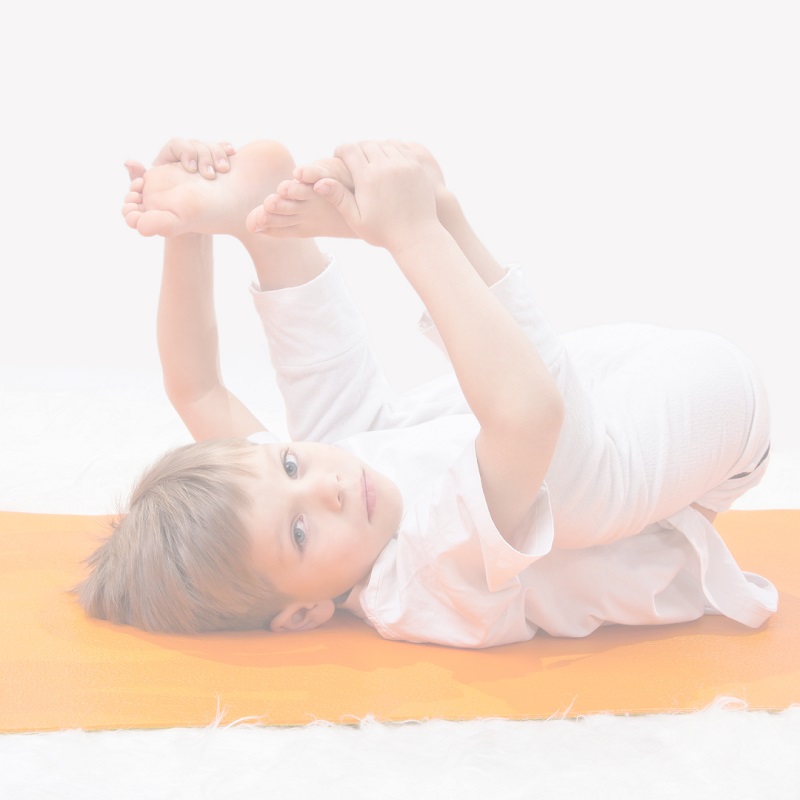I believe that yoga has something to offer everyone, no matter their age or ability. Yoga does not judge or discriminate. Yoga helps us to connect with ourselves and life in a new way. Yoga is not just a set of asanas (poses), yoga is a way of experiencing life.
Yoga incorporates sound, meditation, breathing, massage, energy work, affirmations, mantras, awareness and consciousness. Yoga is holistic and inclusive.
For this reason, a diagnosis does not restrict yoga from being of benefit to anyone. Yoga can be used in a therapeutic way to help people overcome many different difficulties and challenges.
Some of the many benefits associated with yoga include:
- Stress and anxiety relief
- Improved mental wellbeing
- Improved strength
- Improved concentration
- Pain relief
- Digestion assistance
- Regulation of the nervous system
- Improved mood
- Improved sleep
Benefits in relation to ASD
But how do these benefits relate to Autism Spectrum Disorder (ASD)? ASD presents very differently in every individual, however some common symptoms and experiences will be used as examples throughout this article.
Improvement in Self Regulation
Those with ASD can sometimes have difficulty regulating themselves, which can affect behaviour, social interaction, concentration, and emotions. This is related to the activity of the nervous system. Yoga can help regulate the nervous system and provide tools for people with ASD to learn self-regulation.
When the nervous system is regulated, children are more ready to learn. Research has shown that yoga can improve classroom behaviour in those with Autism Spectrum Disorder (ASD) (Koeing et al., 2012). Other studies have also shown that yoga can increase attention in those with ADHD (Abadi & Venkatesan, 2008; Chou & Huang, 2017). Therefore, this may benefit them in many areas of their lives.
Improvement in Processing Information

Those with ASD may also have difficulties with processing information. Yoga can help neural connections between the left and right hemispheres of the brain; which can aid organising and processing. For example, a lateral bend requires crossing over the midline of the body, using both hemispheres. When practiced regularly, it can strengthen these neural pathways.
Furthermore, those with ASD sometimes have disordered sensory processing. The vestibular system is an internal sensory system which is responsible for balance and sending signals to the brain about the speed of which our body is moving. Some people with ASD have impairments in the functioning of this system. This can affect emotional and behavioural regulation, concentration and attention. By practicing balancing poses, such as ‘tree pose’, vestibular processes may be improved. You may be thinking ‘my child cannot stand on one leg’, however this pose can also be performed lying down. Yoga poses can be adapted to a child’s abilities and the needs of their body at the time.
In addition, yoga may help the child connect to their body and its needs. The proprioceptive system is an internal sensory system which is responsible for body awareness. This system does not always function efficiently in those with ASD and can therefore result in difficulties with motor coordination. Yoga poses which require deep pressure can provide proprioceptive feedback to help with this.




Leave a Comment